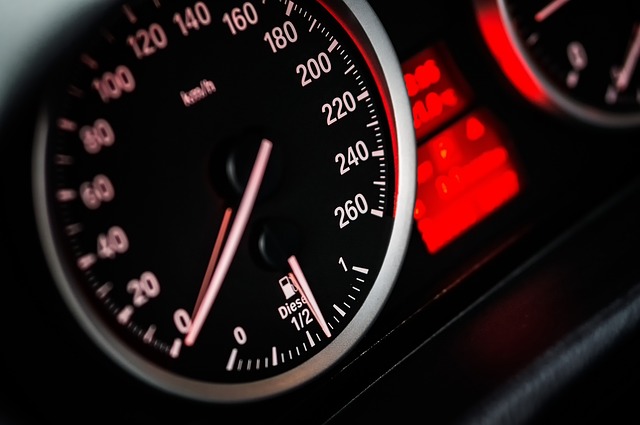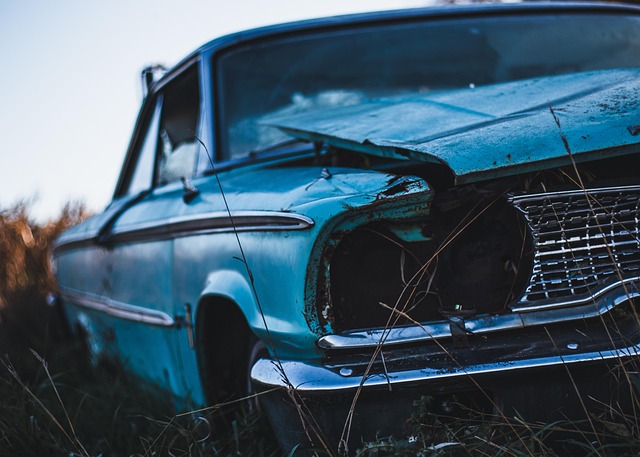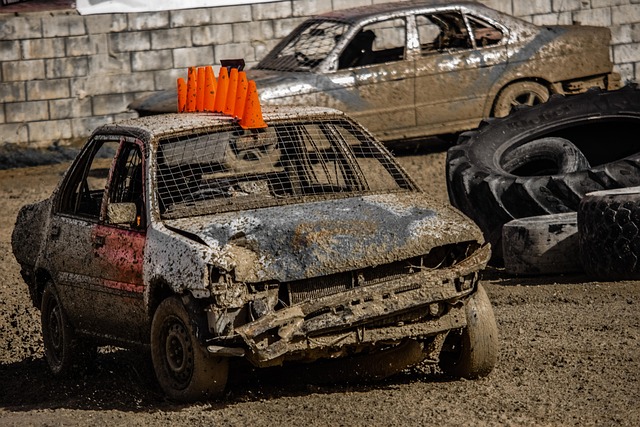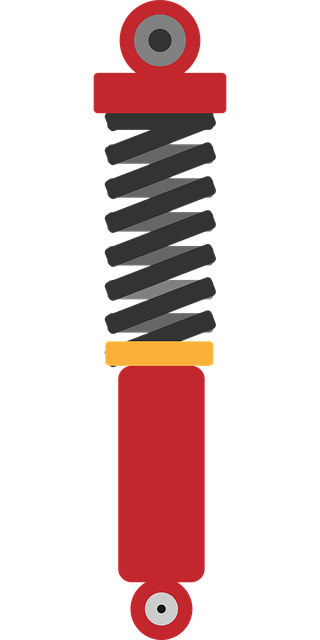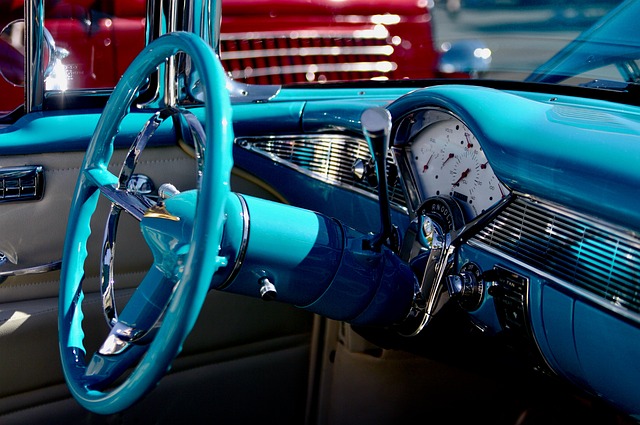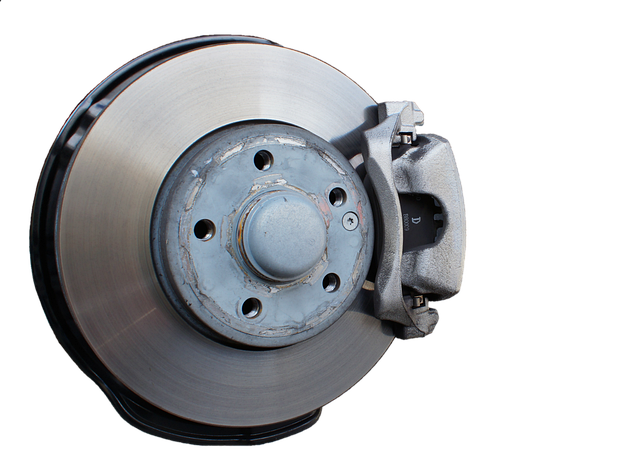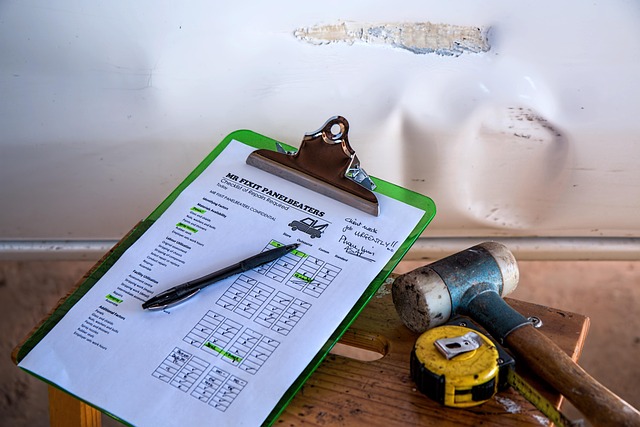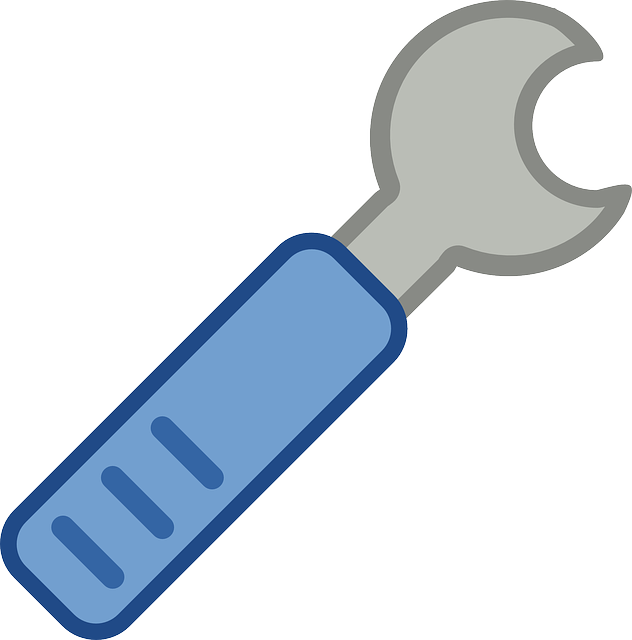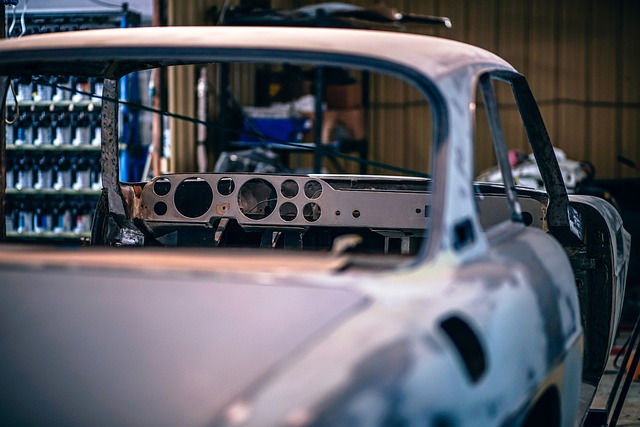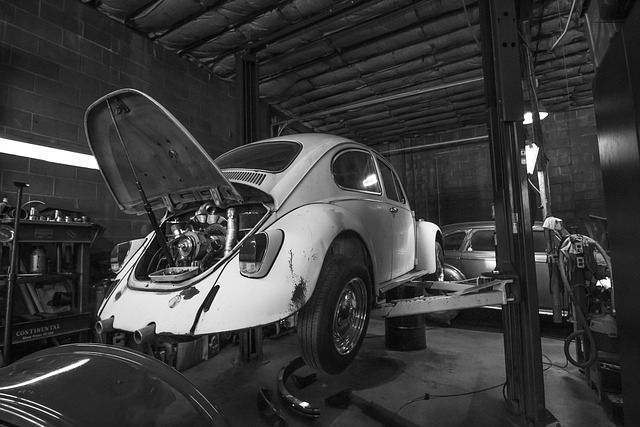Technicians meticulously assess and plan auto body repairs before starting any physical work, using advanced tools and software to inspect damage, create detailed estimates, and ensure accurate, industry-standard repairs. This phase includes aligning client expectations with reality, documenting each step, and facilitating seamless auto body restoration through precise measurements and notes, ultimately delivering high-quality collision repair services.
Technicians play a pivotal role in the auto body repair industry, ensuring vehicles return to their pre-incident condition. This article explores the meticulous documentation practices that underpin successful auto body repairs. From initial assessments and planning to final inspections, technicians utilize specialized tools like photography, video, and 3D scanning to capture every detail of the process. Each step, from parts used to labor performed, is meticulously recorded, fostering transparency and quality assurance in auto body repair services.
- Assessing and Planning the Repair
- – Understanding the damage
- – Taking detailed notes and measurements
Assessing and Planning the Repair

Before any physical work begins on a vehicle, technicians must carefully assess and plan the auto body repair process. This crucial step involves thoroughly inspecting the damaged areas to understand the extent of the repairs needed. During this phase, experts consider various factors such as the type and severity of damage, availability of replacement parts, and the most effective methods for restoration. They may also consult with clients to align their expectations with the practical aspects of collision repair or car paint repair.
Planning encompasses creating a detailed estimate outlining the work required and associated costs. This ensures transparency and gives clients a clear understanding of what lies ahead in the vehicle paint repair process. Technicians use advanced tools and software to streamline this phase, enabling them to accurately plan repairs, schedule tasks, and ultimately deliver high-quality collision repair services that meet industry standards.
– Understanding the damage
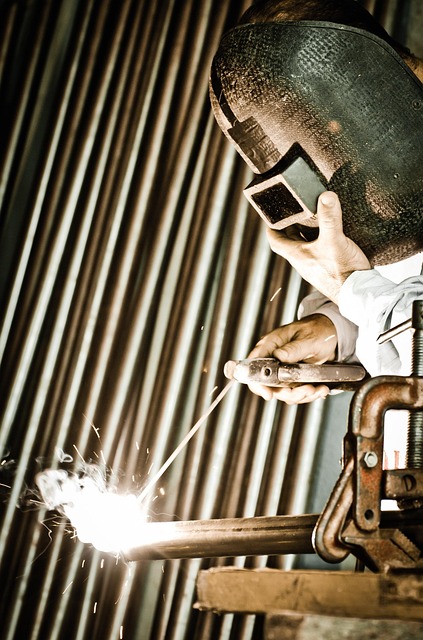
Before any auto body repair process begins, technicians must meticulously understand the extent of the damage. This involves a detailed inspection of the vehicle to identify both visible and hidden imperfections. Technicians use various tools, such as lights and magnifying glasses, to scrutinize the car’s surface, checking for dents, cracks, scratches, and other defects. They also consider the structural integrity of the vehicle, examining frames and components to ensure they are safe to work on.
During this phase, communication between technicians is key. They discuss observations, share insights, and collaborate to develop a comprehensive repair plan. This thorough understanding of the damage ensures that the auto body repair process is accurate, efficient, and effective, ultimately delivering a quality vehicle body shop experience for clients seeking car scratch repair or other vehicle repair services.
– Taking detailed notes and measurements
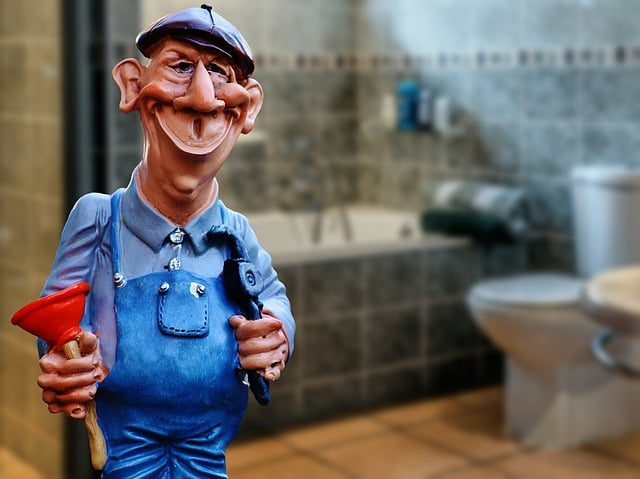
Technicians play a vital role in documenting every intricate step of the auto body repair process. They employ meticulous note-taking and measurement techniques to ensure precision and accuracy throughout the restoration journey. By documenting specific details like damage extent, panel dimensions, and paint specifications, technicians create a comprehensive record that serves as a roadmap for the entire repair procedure. These detailed notes are crucial in aligning the replacement parts with the original car’s design, facilitating a seamless auto body restoration.
Furthermore, precise measurements taken during the initial assessment help in procuring the right fitment for each component. This meticulous approach, often referred to as collision repair when dealing with post-accident vehicles, ensures that every part, from the chassis to the body panels and paint finish, is restored to its original condition or better. The technician’s detailed documentation not only aids in the immediate repair process but also serves as a valuable reference for future maintenance and car restoration efforts.
Technicians meticulously document every step of the auto body repair process, starting with a comprehensive assessment of the damage. This involves meticulous note-taking and precise measurements to ensure a successful restoration. By adhering to these documented practices, technicians guarantee not only the structural integrity of vehicles but also their return to optimal condition, enhancing customer satisfaction in the auto body repair industry.
